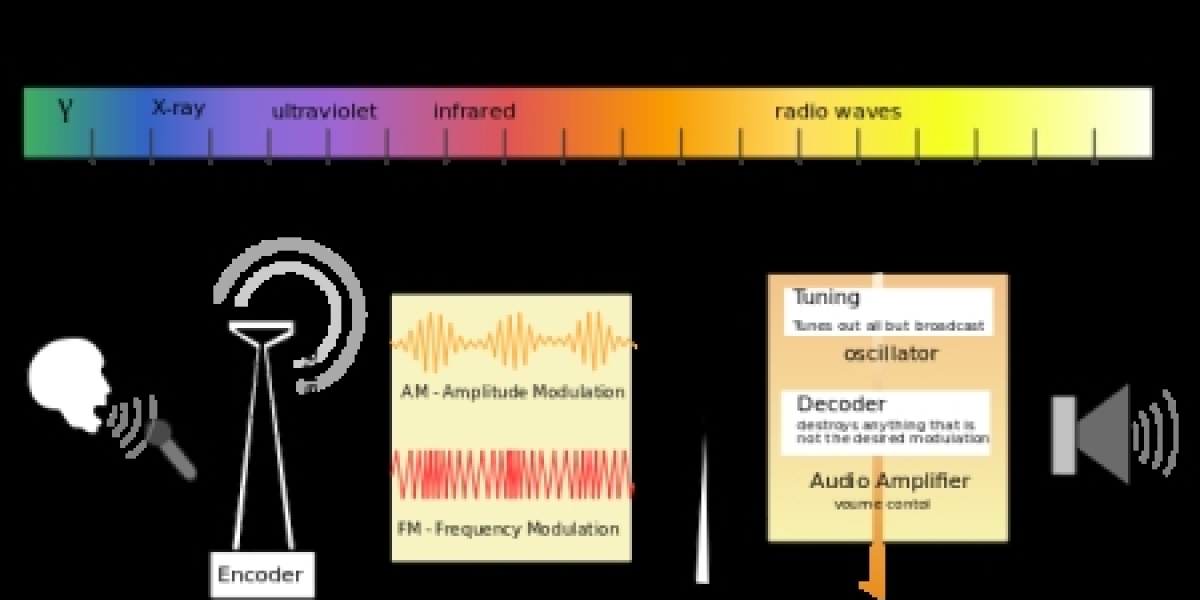? Simple Analogy:
Think of an antenna as:
A loudspeaker when transmitting – it sends out electrical signals as radio waves into the air.
An ear when receiving – it captures radio waves from the air and turns them into electrical signals.
? How Does It Work?
| Mode | Process |
|---|---|
| Transmitting | Electrical signal → Current → Radiated as radio wave |
| Receiving | Radio wave → Induced current → Electrical signal |
? Where Are Antennas Used?
| Application | Role of the Antenna |
|---|---|
| ? Mobile Phones | Internal antenna receives 4G/5G signals |
| ? Wi-Fi Routers | Broadcast wireless internet at home |
| ? Television | Receives broadcast or satellite signals |
| ? Satellite Systems | Send and receive data over long distances |
| ? Telecom Towers | Connect mobile phones to networks |
| ? Radar/Remote Sensing | Emit and detect high-frequency signals |
? Common Types of Antennas:
| Type | Feature | Typical Use |
|---|---|---|
| Omnidirectional | Radiates in all directions | Wi-Fi, cellular towers |
| Directional | Focused in one direction | Satellite, point-to-point |
| Patch/PCB Antenna | Flat, embedded in device | Phones, laptops |
| Dish Antenna | Parabolic shape | Satellite communication |
? Key Performance Metrics:
| Metric | Description |
|---|---|
| Gain (dBi) | How focused the antenna’s energy is; higher means stronger signal |
| Frequency Range | What signal bands it supports (e.g., 2.4GHz, 5GHz) |
| Polarization | Direction of the wave's electric field (horizontal, vertical, circular) |
| Radiation Pattern | The shape of the area the antenna covers |







